4) Agricultural Systems and Productivity
1/50
There's no tags or description
Looks like no tags are added yet.
Name | Mastery | Learn | Test | Matching | Spaced |
|---|
No study sessions yet.
51 Terms
agriculture
= the science + practice of farming
i.e., cultivating soil, raising livestock, growing crops
... includes the preparation of plant and animal products for people to use and their distribution to markets (national geographic)
types of farming
commercial
subsistence
intensive
extensive
pastoral
arable
mixed
Commercial farming
large scale, maximising profits
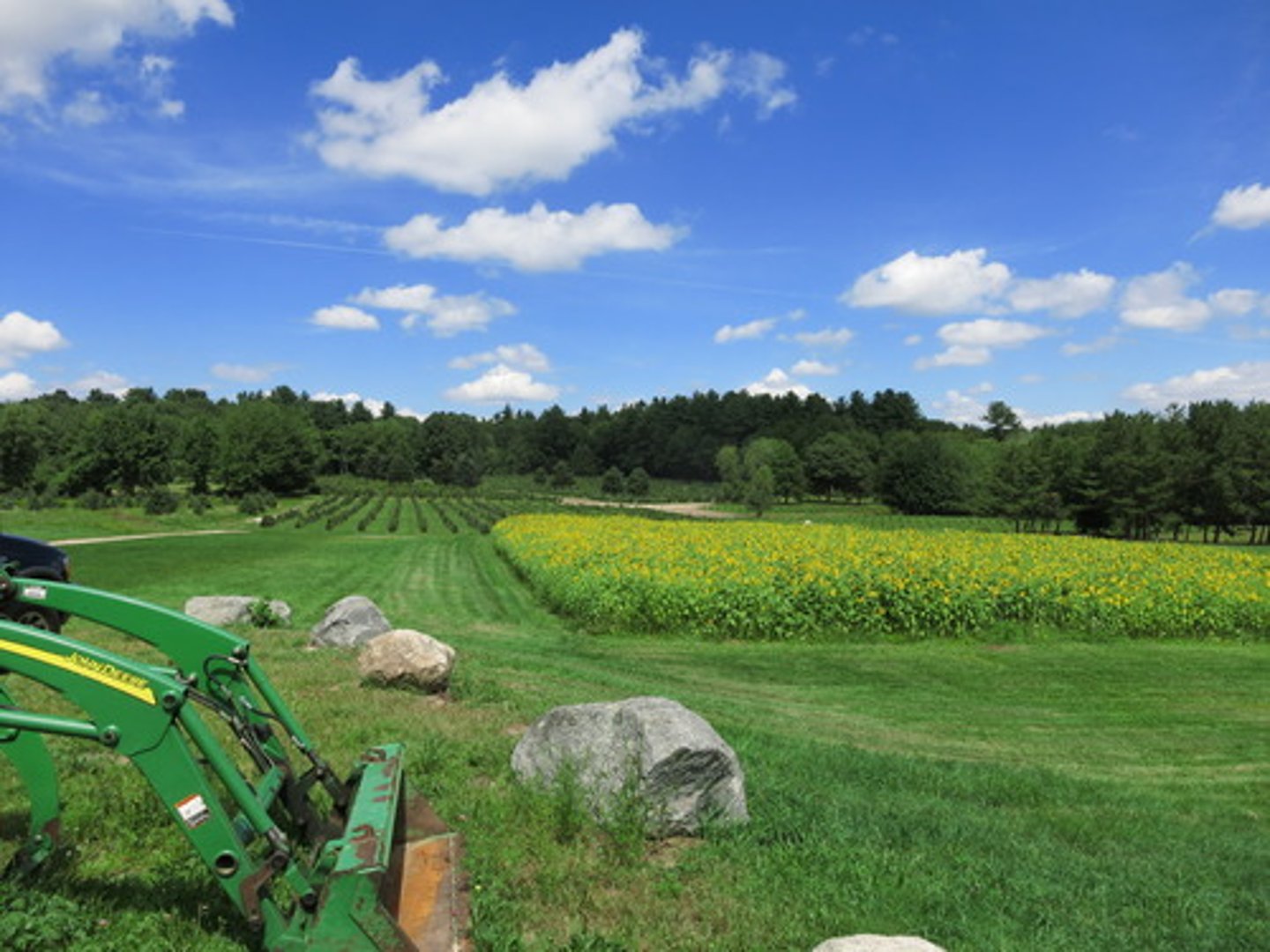
Subsistence farming
small scale, providing for family
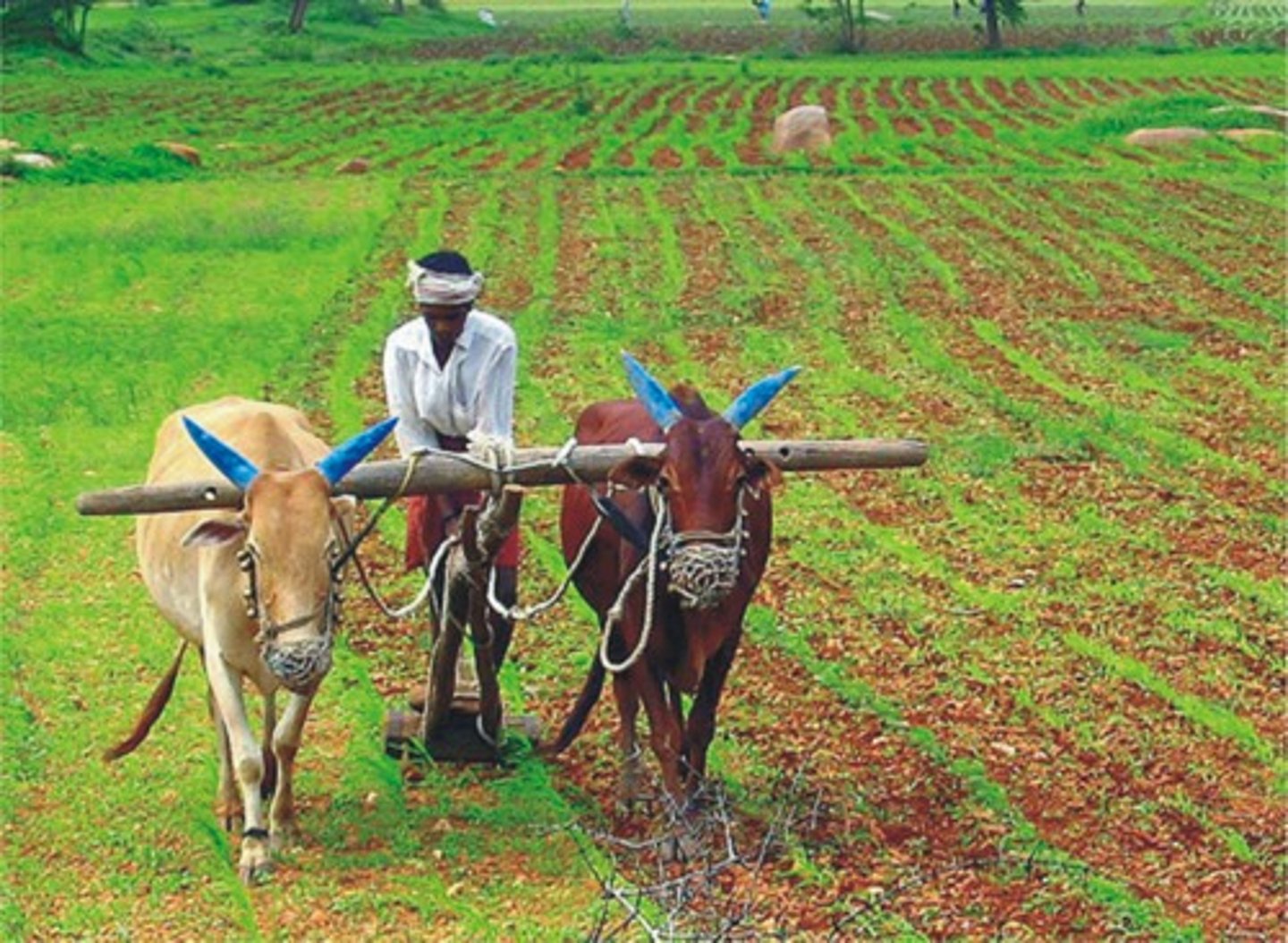
Intensive farming
large scale, labour, capital, many employees, machinery
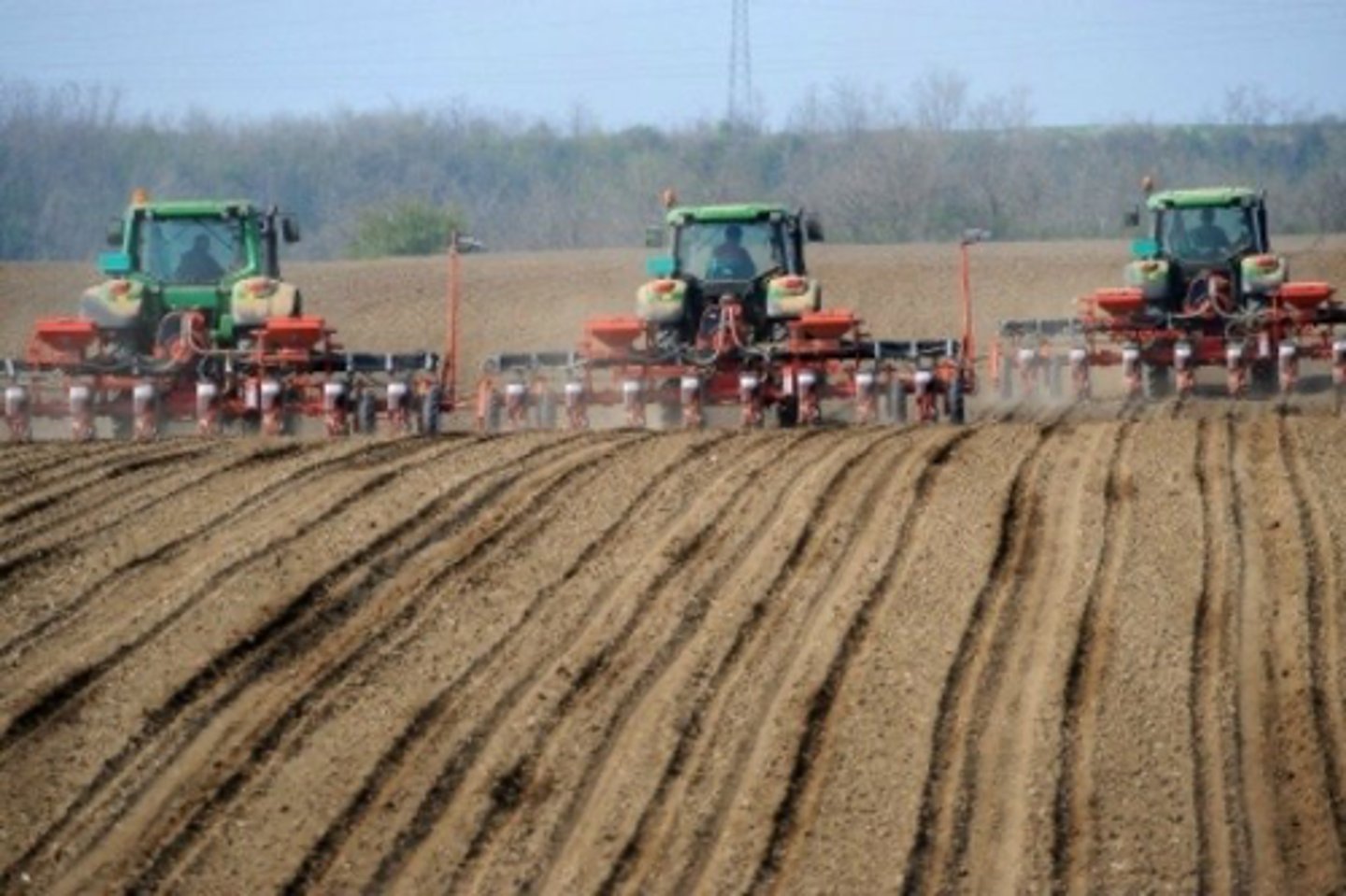
Extensive farming
where farmers input a smaller amount of labour/money relative to the size of the farmland
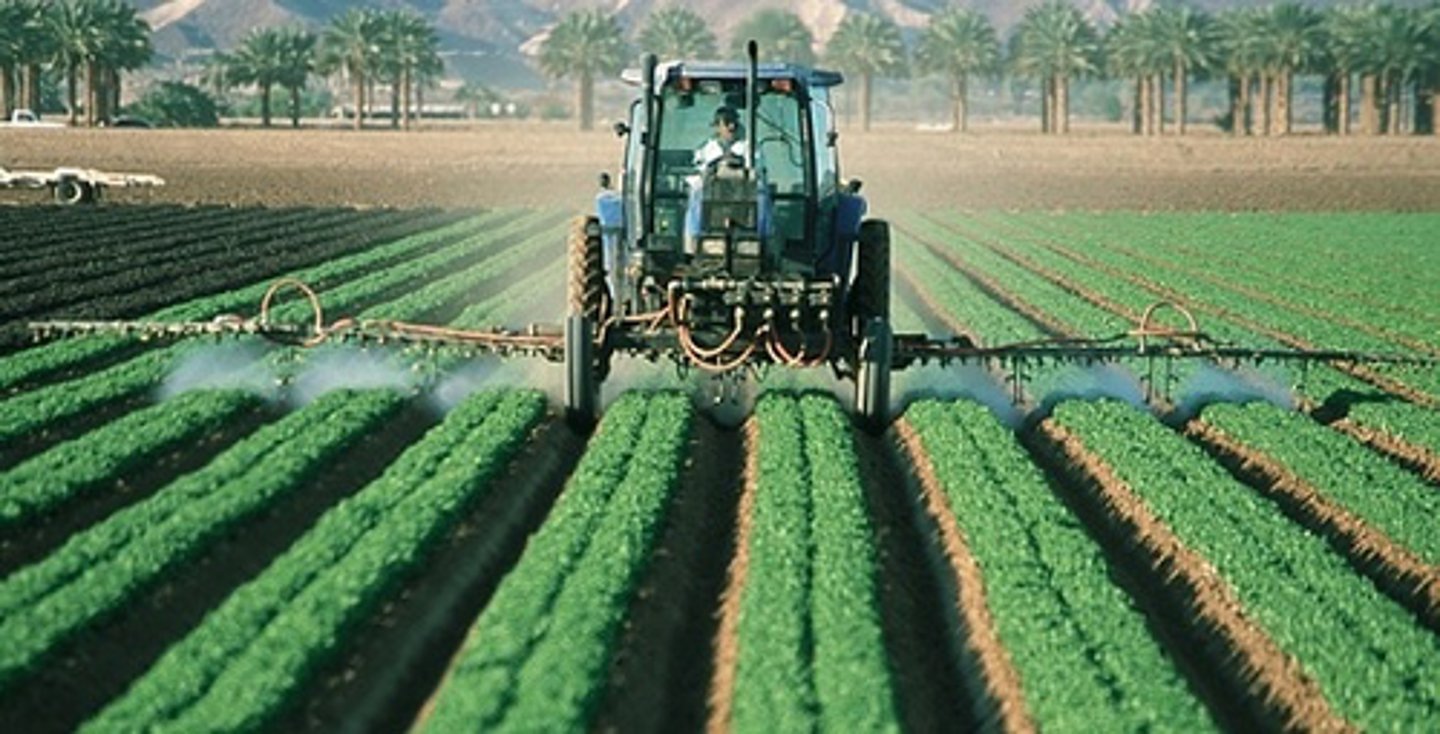
Pastoral farming
animals, cows = cattle and dairy herds
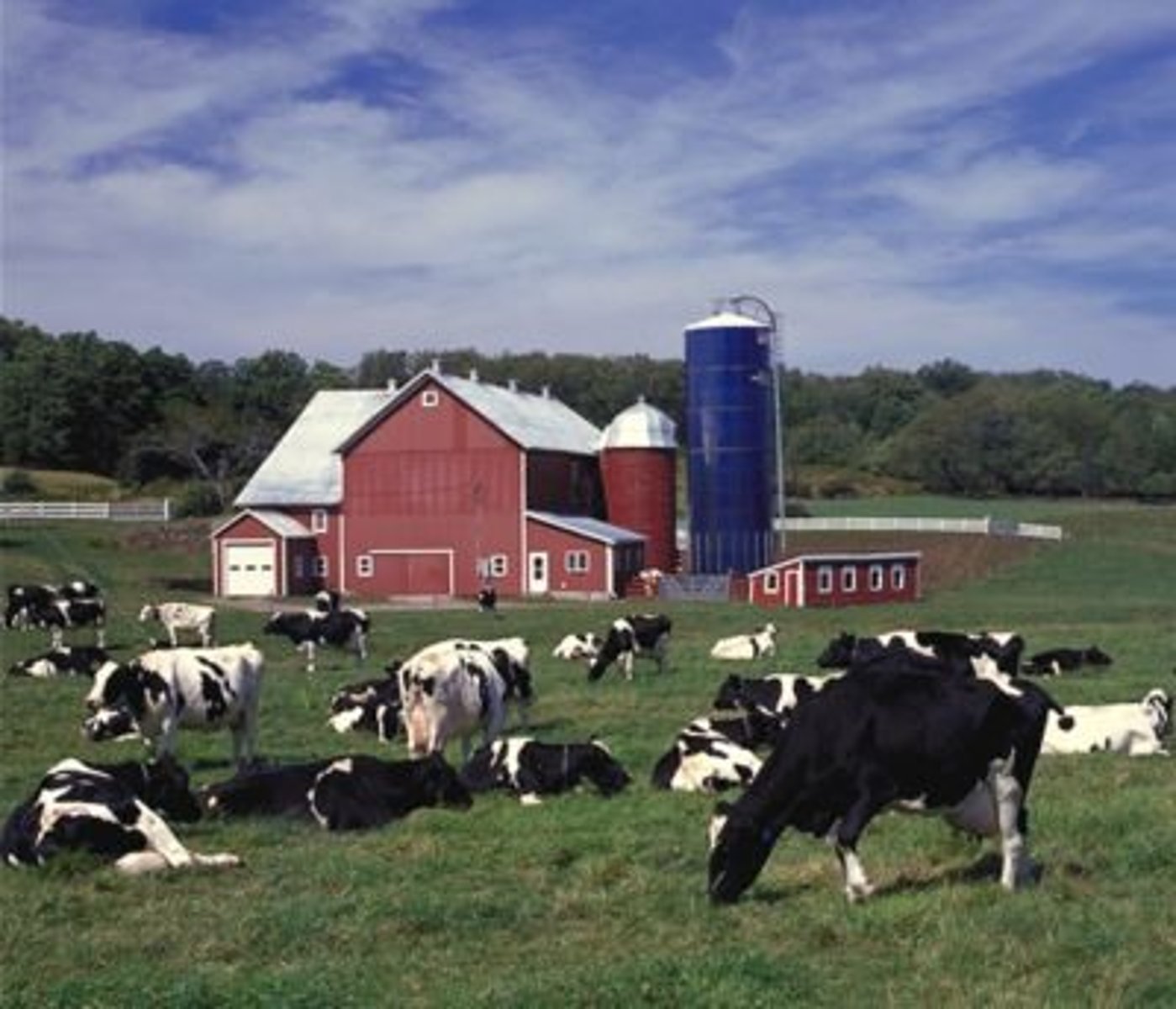
Arable farming
plants and crop cultivation

Mixed farming
Raising several kinds of crops and livestock on the same farm
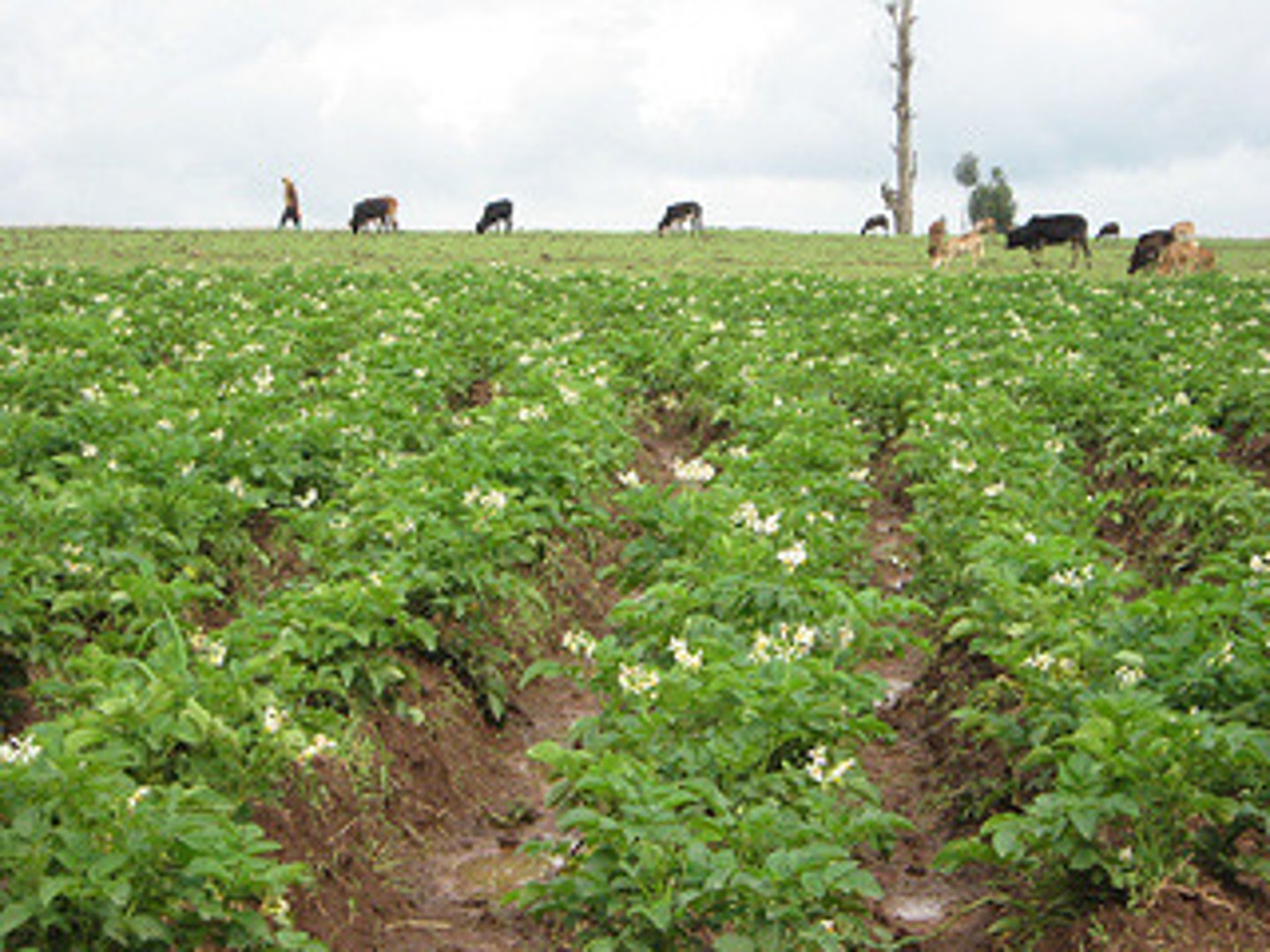
Commercial Intensive farming
pig farming in Denmark
Cereal farming in New Zealand Canterbury Plains
East Anglian cereal farming
market gardening

Commercial Extensive farming
cereal farming in Canadian Prairies and Central US
ranches in Central Australia
Brazilian Rainforest
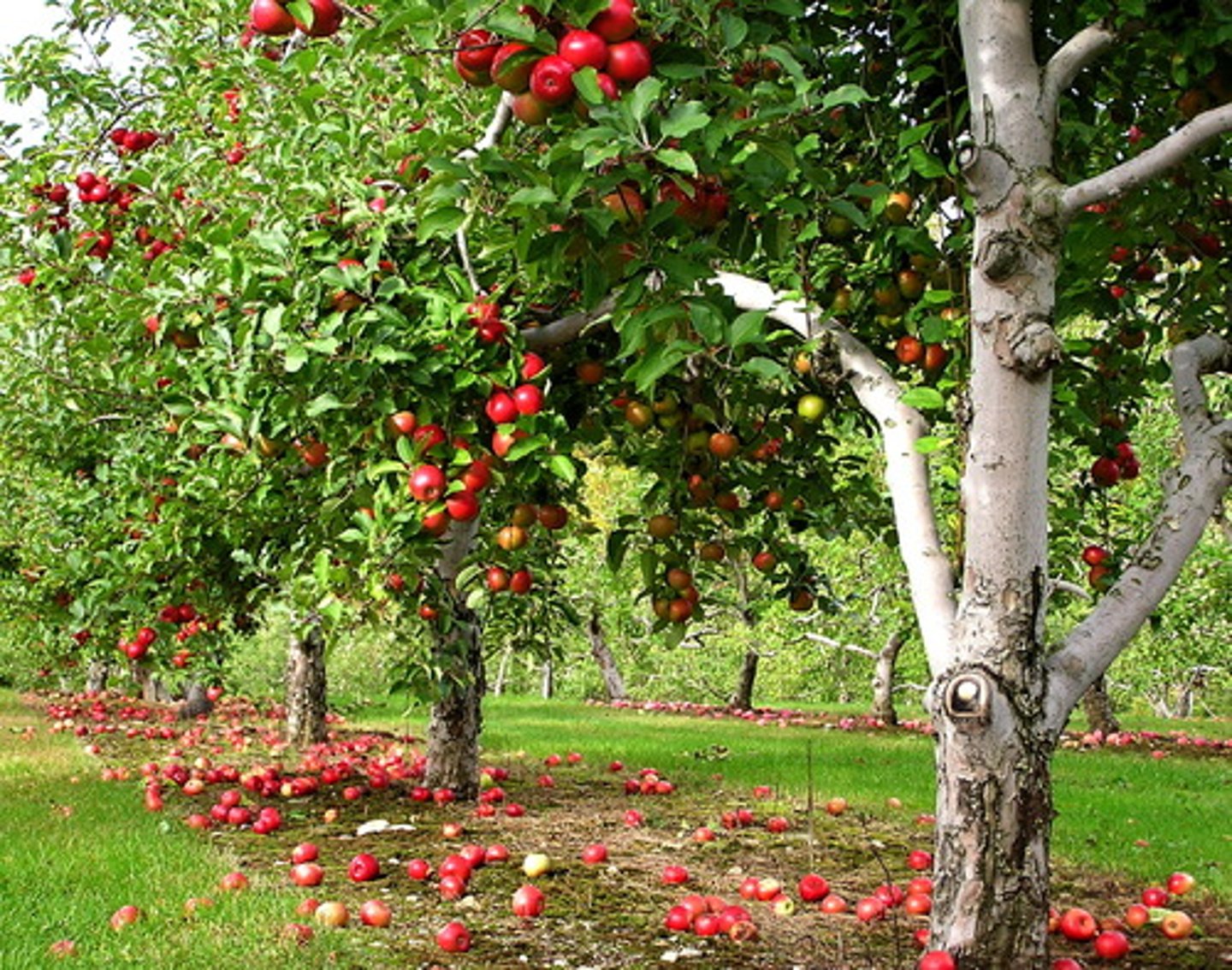
Subsistence Intensive farming
rice cultivation in south east Asia
terraced paddy fields in Indonesia

Subsistence Extensive farming
shifting cultivation in the amazon rainforest
nomadic pastoralism in central america

Inputs in farming
- breeding stocks/seeds
- labour
- water
- temperature/rain
- fertilisers/pesticides
- machinery
- aspect/relief
- market
- knowledge/expertise
Processes of farming
- shearing
- plucking
- milking
- slaughtering
- ploughing
- feeding
- fertilising
- lambing
Outputs of farming
- milk
- wool
- animal products
- cereal products
- veg products
- fodder crops (hay, manure)
Losses of farming
- disease/pests
- weather conditions
- soil erosion
- fire
Inputs and Outputs of a burger
Input = labour, cows
Output = beef
Input = seeds
Output = lettuce, tomatoes, onions
Input = cereal
Output = bread
Input = dairy
Output = cheese

Agricultural Productivity
... measures the economic importance of agriculture
represents how efficiently the agricultural industry uses the resources that are available to turn inputs into outputs
why is agricultural productivity useful?
it enables economists to asses the potential for greater productivity
i.e., more with less
can also be used to predict future trends
total factor productivity (TFP)
... measures the agricultural productivity as a ratio of outputs to inputs
TFP = total output (value of output) / total inputs (value of inputs)
improving agricultural productivity in arable and pastoral farming
pastoral = considers type of feed, management of space, technology used, type of livestock, quality of feed
arable = considers fertilisers, monoculture, type of crop
Rwanda - agricultural productivity
Agriculture plays a major role in the Rwandan economy:
close to 75% of the population's livelihood depends on farming.
However, the majority of these farmers do not sell their produce.
- The high rate of subsistence farming is a symptom of structural challenges rural farmers face in accessing markets.
... 2050 vision = priority to increase agriculture and livestock quality, productivity, and production
- objective is to transform agricultural practices to enhance productivity and increase commercialisation and industrialisation
- Smart Nkunganire System (SNS) and the Smart Kuhangara System (SKS) to leverage production
· increase the accessibility of agriculture markets
· Increase the share of credit extended to farmers
· Enable input subsidy schemes
· Increase overall connectivity to farmers
· better measurement enables better management
FFS
FAO organisation work, funded by world food bankTFP
FFS
Farming Field School
...aim to shift away from subsistence farming to increase their yield so that they can profit from it
e.g., pest management, learning about spacing (rows and seeds), increasing efficiency to maximise inputs, empower farmers and give them access to farmers, increase share of credit
TFP
total factor productivity
The agricultural curve
1st, 2nd and 3rd Agricultural Revolution
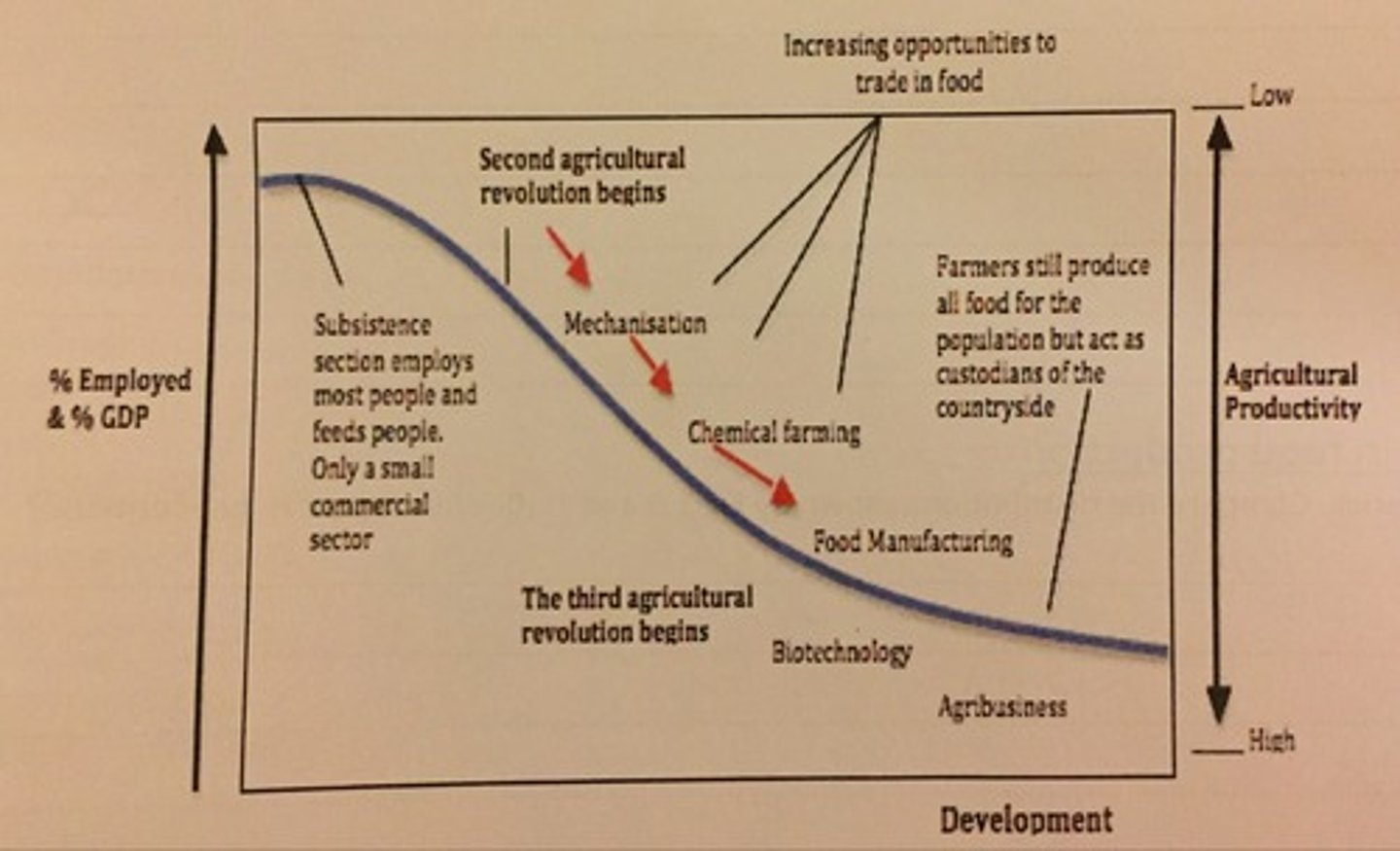
Uk farmer + agricultural imports
UK farmers are protected by the government with schemes that ensure that domestic industries are supported, and the UK is not dependent on other countries for money
the relationship between climate and human activities
Polar climates
Tropical monsoon climates
Polar climates
distribution:
- regions cover more than 20% of the earth
- Tundra = barren land
... found in N America and Eurasia
... between the southern limit of the permanent ice caps in the north and northern limit of temperate coniferous forest of taiga climates in the south
characteristics:
- every months has an average temperature of less than 10%
- at high latitudes, hours of summer sunshine may be long but av. temps rising above 0 degrees are measured in weeks, not months
- little precipitation due to high pressure
Human activities and numbers:
- 13.1 million people live in polar regions
(spread between 8 countries, almost all in tundra of N America and Eurasia)
- pop. density = <4/km2
- impossible to arable farm due to permafrost, requires technology inputs
- home to Innuit tribe (N Canada + Greenland) and other tribes (Sami, N Europe) who are involved in hunting/herding caribou and seals
... sealing, whaling, mining

Threats to polar regions
resource exploitation - mining for natural material, oils, increased hazard risk from fracking
Climate change -melting ice caps and glaciers, unstable grounds and melting permafrost, landslides
Risk to dangerous animals - having to travel closer to towns to find food due to climate change, threat to people
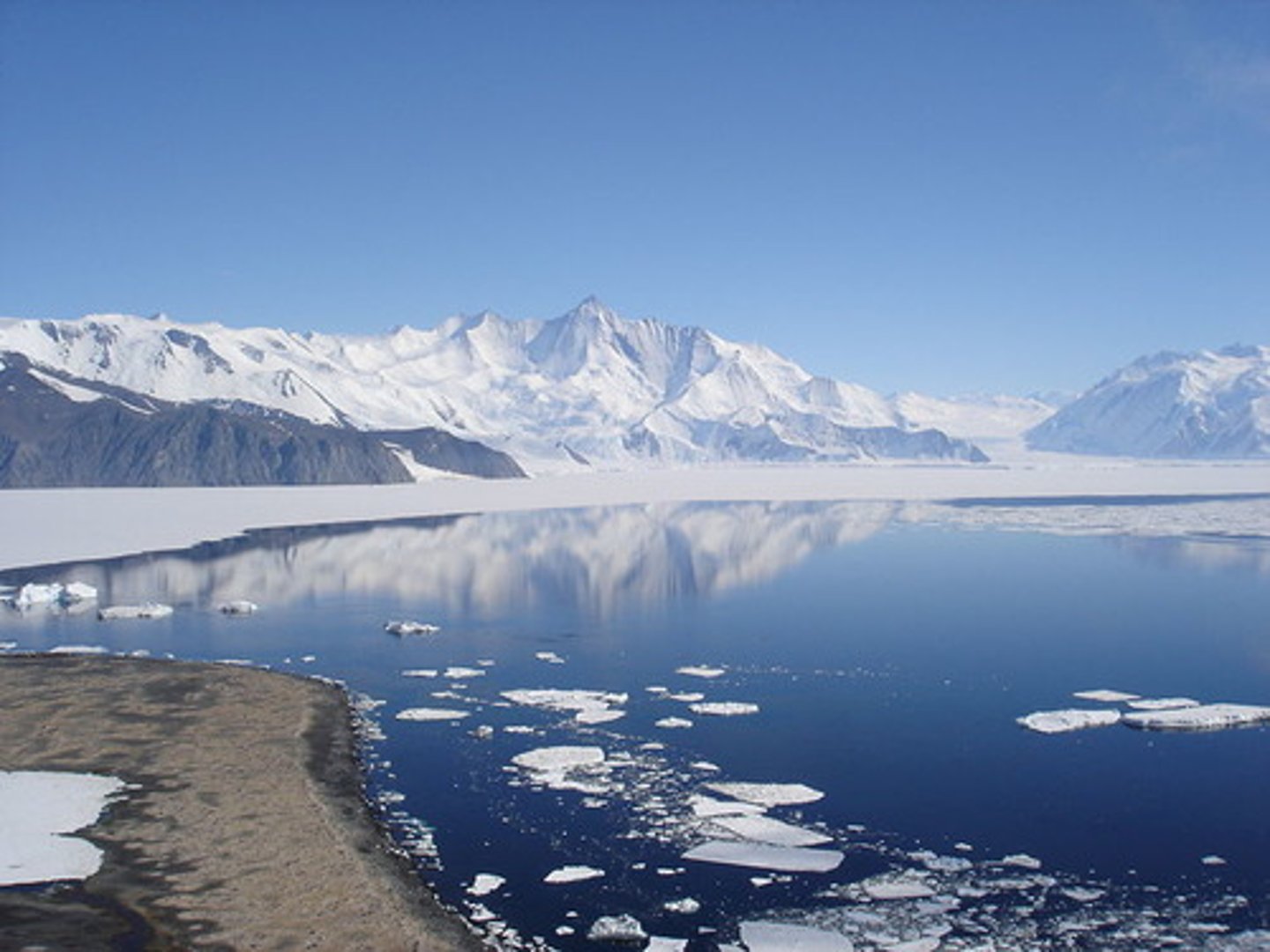
Tropical monsoon climates
distribution:
most commonly found in south and central America
... sections of SE Asia, Africa, Caribbean, N America, Australia also experience climate
Characteristics:
- monsoon is a seasonal change in wind direction
- monthly means temp. above 18 degrees
- wet season = May - October when overhead sun heats the land intensively, causing low-pressure systems air to rise and suck in moist air from the sea
= heavy rainfall
Human activities and numbers:
- over 1/2 the world's population live in over 21 Asian countries - this includes 6 of most populated nations (China, India, Pakistan, Japan, Indonesia, Bangladesh)
- monsoon climates support high pop. density (e.g., Bangladesh = 1,252/km2)
... rice seedlings planted in flooding fields from monsoon rains
- subsistence farming is common, income levels are low
- Indian economy often referred to as "Monsoon economy" (70% of Indian pop. rely on farming)

Threats to Tropical Monsoon climate
deforestation - logging and mining, loss of biodiversity, increased surfaced run off and flooding
Flooding from climate change, submerging coastal regions, threatening lives, ruining agricultural land and crops
Population increase - food and resource insecurity, more deforestation for land, increased pollution of natural environment
Impacts of Climate Change on agriculture
Stanford University study found that increases in production of maize and wheat since 1980 would have been around 5% higher if it weren't for climate change
- CO2 concentration could increase production of rice, soybeans, and wheat
- Climate change would affect the length and quality of the growing season and farmers could experience increasing damage to their crops, caused by droughts, flooding and fires
- Africa yields from rain-fed agriculture could decline by as much as 50% by 2020 due to declining conditions
- If global temps rise by more than 1-3oc, declining conditions could be experienced over a much larger area
- The capacity for poorer, low-latitude countries to cope with climate change and adapt could be seriously challenged by a warming of more than 3 degrees C (IPCC)
- The world's fisheries are a looming vulnerability, as are already stressed by overexploitation and pollution ... the warming surface waters will adversely affect many fish species and marine ecosystems due to ocean acidification
- By 2050, there will be between 1 and 3 million additional mouths to feed
- Demand for meat will increase as disposable income increases, requires far more land and water resources per calorie consumed
- LICs will be hit hardest and first
- To limit the long-term impacts of climate change, food production must become not only more resilient to climate but also more sustainable and low carbon ... agriculture contributes to 15% of all emissions
climate change
= the long term shift in temperature and weather patterns
what causes climate change
= increase in greenhouse emissions, burning fossil fuels, volcanic eruptions
UN stats on climate change and food insecurity
- every 5 seconds a child dies of hunger
- 6 million children die each year
- For every 1 degree rise in temp. we get a 10% decline in agriculture production
- Water shortages threaten to reduce the global food supply by 10% in the next 25 years
- Global food supply must increase by 50% to meet demand by 2030
Potential impacts of climate change on agricultural production
- reduced yields
- increased irrigation
- planting and harvesting changes
- decreased arability
- more pests
- risks to fisheries
reduced yields
the productivity of crops and livestock, including milk yields, may decline because of high temps and draught-related stress
increased irrigation
regions of the world that now depends on rain-fed agriculture may require irrigation, bringing higher costs and conflict over access to water
planting and harvesting changes
shifting seasonal rainfall patterns and more severe precipitation on events - and related flooding - may delay planting and harvesting
decreased arability
prime growing temperatures may shift to higher latitudes, where soil and nutrients may not be as suitable for producing crops, leaving lower latitude areas less productive
more pests
insect and plant pests may survive or even reproduce more often each year if cold winters no longer keep them in check - new pests may also invade each region as temperature and humidity conditions change. Lower latitude pests may move to higher latitudes
risks to fisheries
shifts in the abundance and types of fish and other seafood may hurt commercial fisheries, while warmer waters may pose threats to human consumption, such as increasing the risk of infectious diseases - extreme ocean temps and ocean acidification place coral reefs at risk
Mekong Delta Fields - southern Vietnam
... produces half of Vietnam's rice est. 1997
· 60% of the delta is likely to become highly vulnerable to flooding if sea level rises 7 inches above the 1997 levels
...flooding of land would cause approx. $17 billion in economic losses
... by 2050, sea level rise in delta could directly affect around 1 million people or more
... all could be flooded by 2090 if nothing done
· Increased salinity from sea level rise inhibits rice growth and can lower yield
· Potential decrease in annual rice crop numbers from 3 to 1
· 1/3 of delta coastline is already undergoing erosion, which is also damaged by the use of dams and settlements causing subsidence
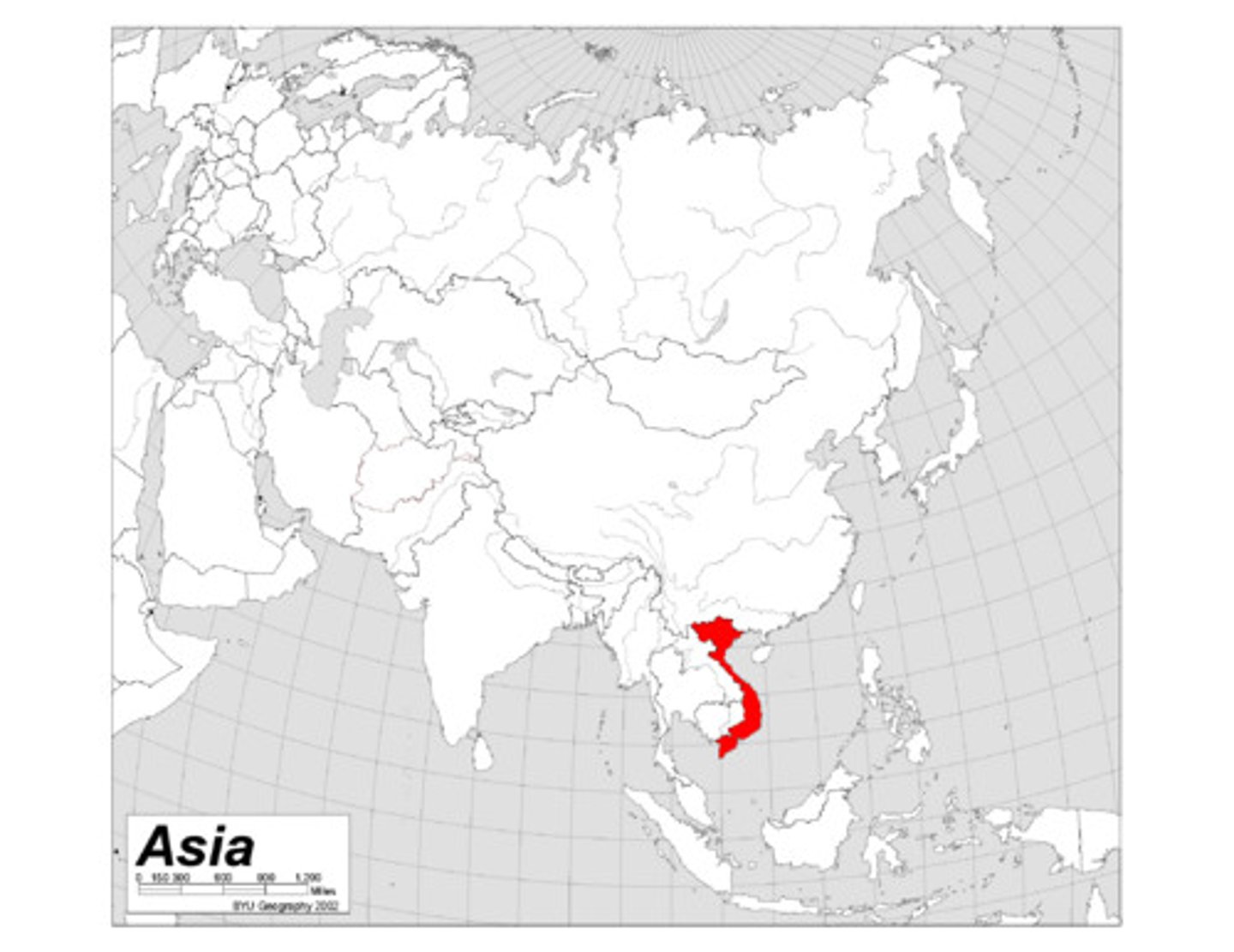
Food insecurity 2050
if global emissions are high and we do nothing to combat the change
- Much of Africa becomes highly vulnerable, as well as areas of southern Asia and south America
- If emissions are low or we highly adapt to cope with climate change, the majority of countries will remain in the "yellow - medium" risk zone
- If emissions remain high and we do nothing, "red - high" risk covers much of Africa, SE Asia, and even S America
by 2080
- Eurasia + N Asia becomes orange - medium risk
(2080)
Effect of climate change on Antarctica
... temps fall to -40 degrees c
hidden in permafrost = methane, potential climate disaster
o If permafrost melts due to global warming, methane may be released
o Methane trapped as bubbles beneath ice surface
... freeze in place when they hit the ice, and when the ice thaws in spring the gas will escape
o Highly flammable, when stream is released and set alight, they produce flames
o Viscous feedback cycle as methane released causes more increased temperatures from global warming, releasing even more methane
Effect of climate change on food around the world
1. Swarms of locusts East Africa
2. Flooding in China
3. Derecho storm
Swarms of locusts (East Africa)
Swarms of locusts are destroying crops across large swaths of east Africa, disrupting food supplies (Feb 2022)
... worst outbreak of locusts in 25 years for Somalia and Ethiopia
... worst infestation in 75 years for Kenya
... threatens to drive millions of people deeper into hunger crisis and increase risk of children dying for malnutrition
... East Africa currently has high rates of undernutrition with just over 30% of population already affected
Flooding in China
Flooding in China is causing the government to clamp down on food waste, so they don't become vulnerable to food insecurity (Sept 2023)
... record breaking rainfall bought by the aftermath of Typhoon Doksuri displaced more than a million people, killed at least 43, and damaged over 90,000 hectares of crops
... resulted in a 0.9% drop in China's summer wheat output for this year (1st decline in seven years)

Derecho Storm (USA)
Derecho storm devastated millions of acres of corn and soybean production in Midwest USA (Aug 2020)
... Iowa's crop losses jumped by more than 50% in a month from the storm
... unable to harvest 850,000 crop areas
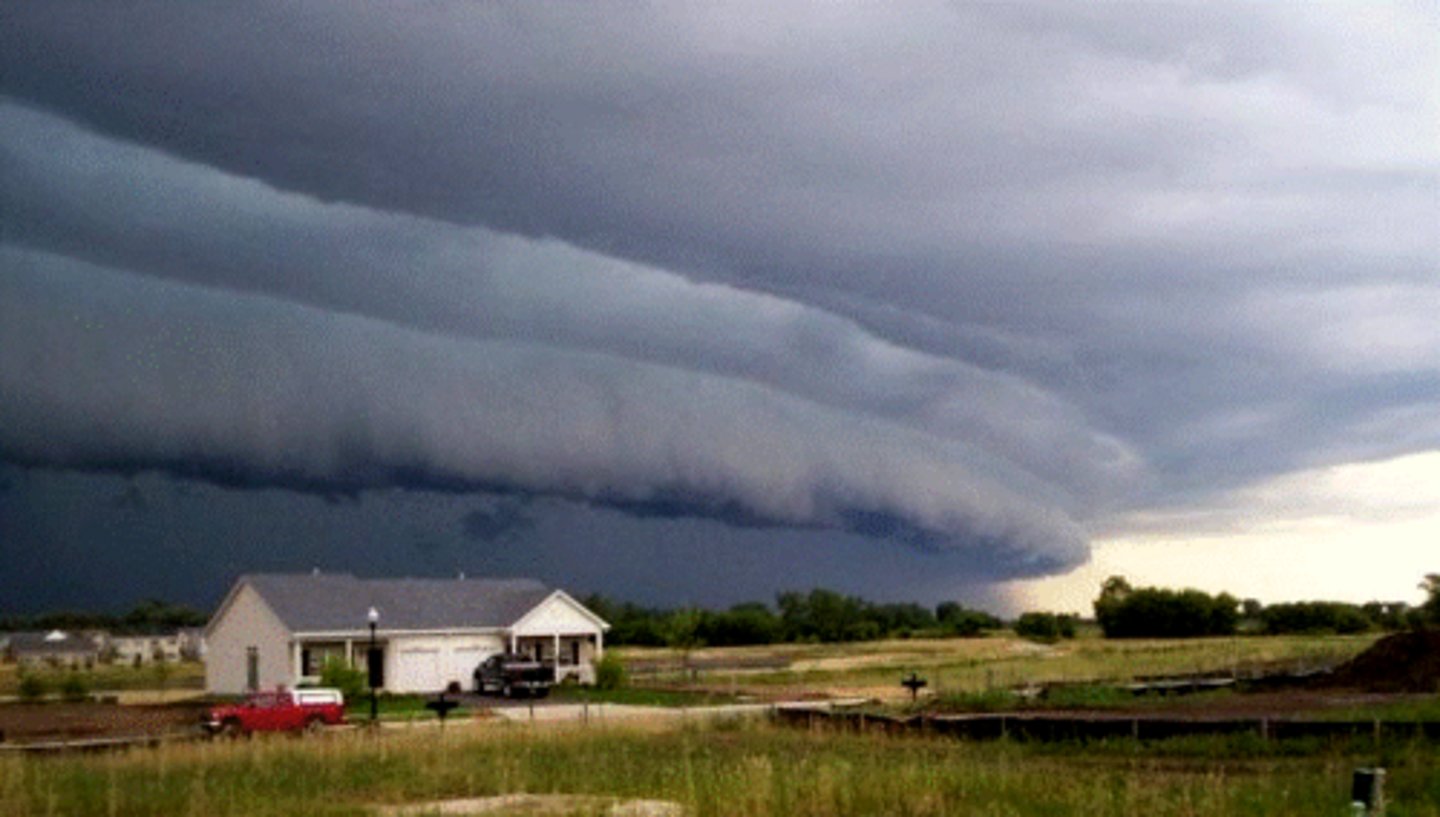
"With reference to two climatic types you have studied, assess the extent to which precipitation influences human activities" (9 marks)
- Climate change, result of depletion of the ozone layer, which will trap more gases in the atmosphere, heating the earths surface and shifting precipitation patterns in 2 major ways.
- strengthening current patterns so that wet regions get wetter, and dry regions get drier
- changes in atmospheric circulation, increase in areas hit by storms as prevailing winds a driven away from the equator and towards the poles
- Rainfall affects the growth and production of food crops both at the germination and fruit development stage
- Higher rainfall increases risk of coastal flooding, reducing land available for agriculture
- Lower rainfall in drier areas means that crop production will be reduced and could also cause water insecurity or water scarcity
Rainfall in central North America projected to be 10% lower than now
- regional variations that make it difficult to propose general strategies for adapting new agricultural technologies to combat this change